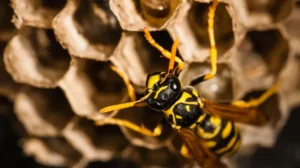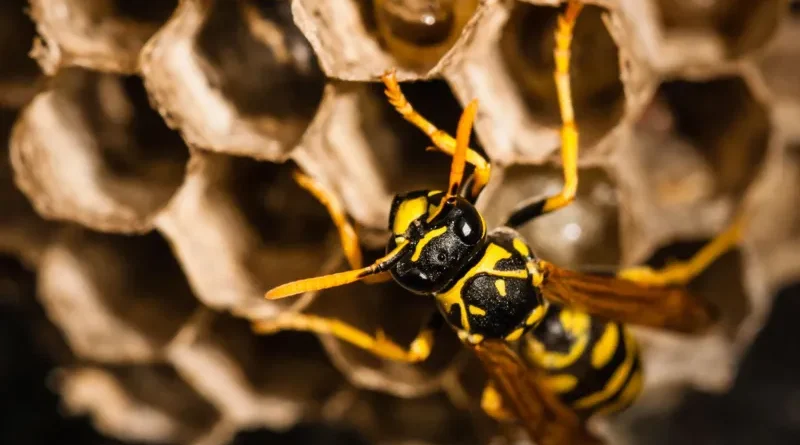Radioactive Wasp Nest Found at Former US Nuclear Facility
 Radioactive Wasp Nest Found at Former US Nuclear Facility
Radioactive Wasp Nest Found at Former US Nuclear Facility
A wasp nest with radiation levels far above safety limits has been discovered at the Savannah River Site (SRS), a former US nuclear weapons production facility in South Carolina. Officials say the readings were around ten times higher than the permitted level.
The US Department of Energy confirmed the find in a report released last week. The nest, discovered on July 3 during a radiation survey, was sprayed and sealed as radioactive waste. No live wasps were present at the time of removal.
Investigators ruled out a nuclear waste leak as the cause. They believe the contamination came from “legacy radioactive material” left behind from decades of nuclear bomb component production during the Cold War. The site, which began operations in the 1950s, produced plutonium and other nuclear materials. Today, it handles nuclear material mainly for civilian power plants.
ALSO READ: This Day In History; August 1st
The nest was found on a post near tanks storing millions of gallons of nuclear waste. Officials insist there is no evidence of leaks and no danger to workers, the public, or the surrounding environment. Wasps typically remain close to their nests, making it unlikely the insects carried radiation beyond the facility’s 310-square-mile grounds.
Environmental watchdogs are unconvinced. Tom Clements, from Savannah River Site Watch, criticized the lack of clarity about the contamination’s source. “They have not explained where this radiation came from or whether there’s an undisclosed leak,” he told reporters.
The Savannah River Site still holds 43 underground nuclear waste tanks, while eight have been permanently closed. The incident has renewed concerns about long-term contamination risks at one of the nation’s largest nuclear legacy sites.
CONTENT CREDIT: BLESSING DADA
IMAGE CREDIT: BBC.COM/NEWS




